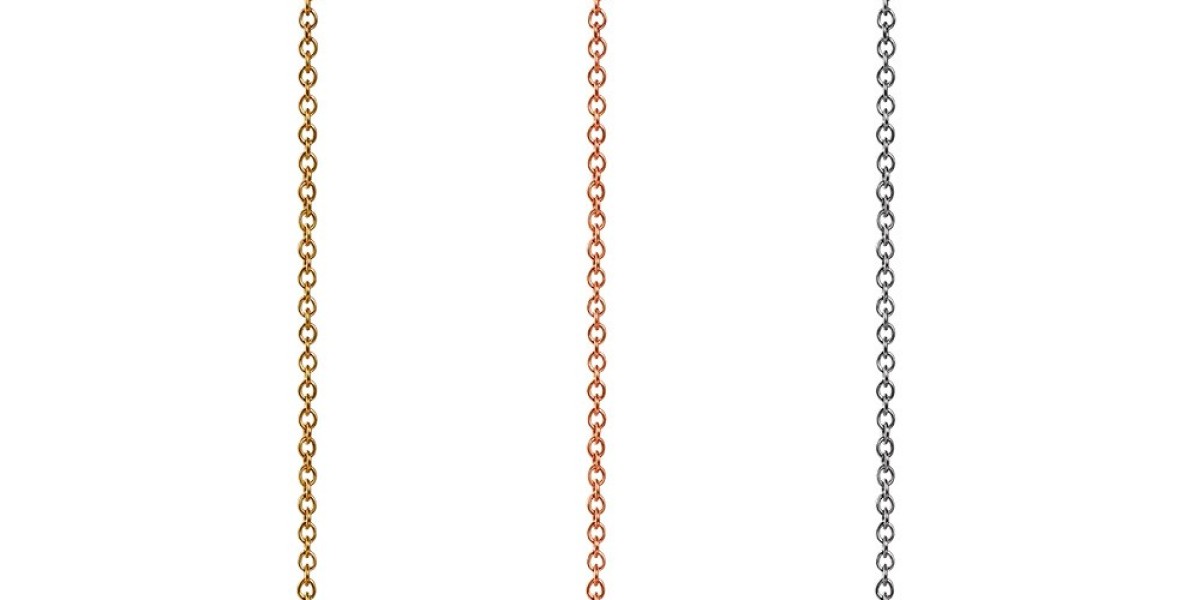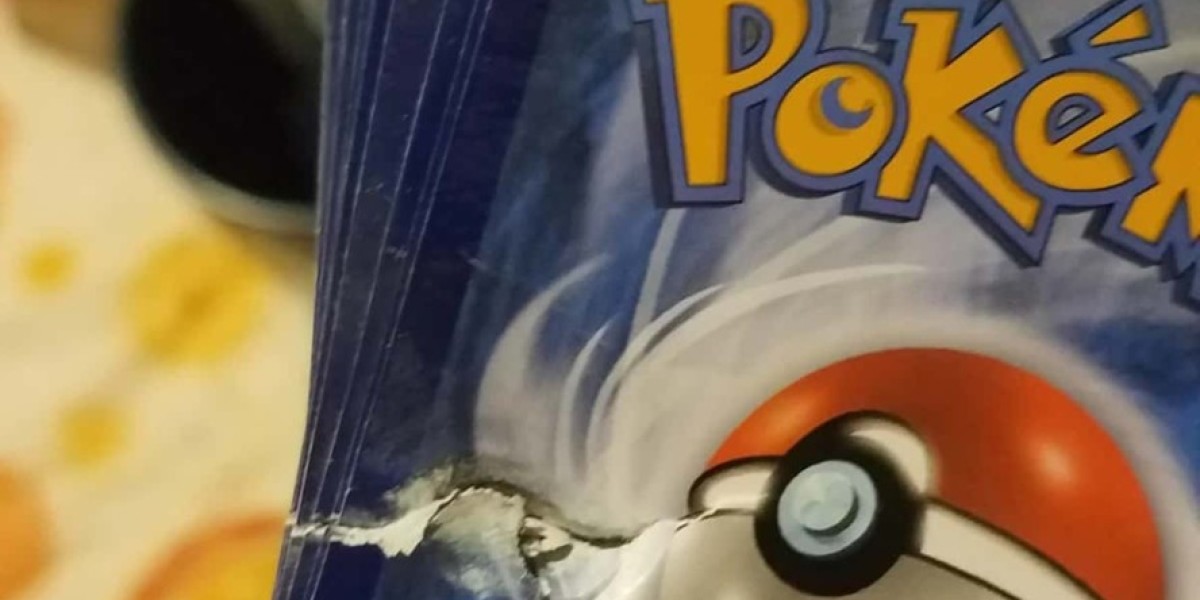Ever looked at a jewelry photo and felt something was just... off? Maybe that beautiful gold ring looked too orange. Or the silver necklace seemed dull, almost grey. It happens more often than you think.
Back when I first edited jewelry images, I had no idea how tricky gold could be. What looked fine on screen turned into complaints from clients. "This doesn't match my product," they’d say. That's when I realized color correction isn’t just technical—it’s emotional. Your customer is buying a promise. If the image doesn't match that, you're losing trust, and likely, the sale too.
This blog breaks down how to edit jewelry photos the right way—especially gold, silver, and gemstones. We’ll share practical tips, common mistakes, and tools that make all the difference.
Let’s dive into the sparkle.
2. Why Color Accuracy in Jewelry Photos is So Important
Think of your online store as a digital showroom. Now imagine walking into a jewelry shop and all the gold looks yellow or the diamonds look grey. Would you still buy?
Trust matters. Customers expect the jewelry to look the same in person as it does online.
Colors influence emotions. Red rubies symbolize love, while blue sapphires evoke calm. Wrong shades change the message.
It affects branding. Consistent, true-to-life images reflect professionalism and care.
Nearly 75% of online shoppers say product photos are what influence their decision the most. You can’t afford poor color.
3. Common Color Problems in Jewelry Photography
Getting color right is hard because jewelry reflects everything: the lights, the camera, even your shirt. Here are some common issues we face:
Overexposure: Wipes out gold tones, making them look too light or fake.
Underexposure: Kills gemstone vibrance and detail.
Wrong white balance: Can turn silver into beige or blue.
Gemstones looking dull: You lose the magic that sells the piece.
Metal tones too warm or cold: Distorts the luxurious feel.
Have you seen any of these in your own product photos?
4. Understanding How Metals Reflect Light
Jewelry behaves differently under light. You have to know the material to know how to edit it.
Gold: Needs warm highlights. It often turns yellow-orange or loses shine if the shadows are too dark.
Silver: Super reflective. It picks up nearby colors—like blue from the sky or pink from a wall.
Platinum: Subtle and elegant, but lacks pop without careful contrast.
Each metal reacts to editing differently. One-size-fits-all doesn’t work here.
5. Editing Techniques to Get the Colors Right
Color correction isn’t magic—it’s method.
Use Hue/Saturation: Target just the gold tones without affecting the whole image.
Adjust White Balance: Use eyedropper tools or reference cards to get it spot-on.
Selective Color: Great for adjusting specific shades in metals and gems.
Curves Tool: Boost contrast without blowing out highlights.
Masking: Work on different elements (metal, gemstone, background) separately.
Keep Texture: Sharpening and clarity tools help retain the metal grain.
Here's a small trick I use: duplicate the layer, do all my color work, and toggle it off and on to see if I went too far.
6. Tips for Editing Gemstones
Gemstones are delicate. They’re full of life, but easy to ruin with too much editing.
Here’s how to make them shine without going overboard:
Boost vibrance, not saturation. Keeps the natural look.
Use Dodge & Burn: Add tiny highlights to make cuts sparkle.
Clone out reflections: Only if they’re distracting. Sometimes they add realism.
Preserve clarity: Don’t blur or over-soften. People want to see the edges.
Work at high zoom: You’ll catch details most people miss.
Editing emeralds feels different than sapphires. Learn the tones each gemstone has and edit accordingly.
7. Software That Works Best for Jewelry Retouching
You don’t need 10 apps. You just need the right ones:
Photoshop: Industry standard. Best for detailed retouching.
Lightroom: Great for quick adjustments and batch edits.
Capture One: Excellent color control. Many fashion brands use it.
AI Tools (like Luminar): Help with exposure, but avoid going full auto.
I personally use Photoshop for 90% of my jewelry edits. It's worth the learning curve.
8. Real-Life Example From Our Studio
A client sent us photos of their new gold jewelry collection. They looked flat and almost brassy. The client was upset because their Instagram ads weren’t performing.
We analyzed the images and saw poor lighting was causing color distortion. After adjusting white balance, enhancing the natural warmth of the gold, and polishing the diamonds with local contrast, the results were stunning.
Within a month, their engagement rate doubled and they saw a 28% boost in sales.
Want your photos to tell a similar story?
9. Best Practices to Avoid Over-Editing
Even pro editors can go too far. Here’s how to stay on track:
Always reference the real piece. If you don’t have it, ask the client for a photo taken in daylight.
Use calibrated monitors. What looks right to your eyes may not be right at all.
Zoom out often. What looks good zoomed in might look fake at full size.
Avoid extreme saturation. A red ruby shouldn’t look like neon paint.
The goal isn’t to make the jewelry look "better"—it’s to make it look real and inviting.
10. Final Thoughts
Jewelry color correction is both a science and an art. It takes patience, skill, and a good eye for detail. Whether it’s warming up gold, balancing silver, or making gemstones glow naturally, each piece deserves attention.
So here’s a question: Do your product images reflect the quality of your actual jewelry?
If not, we can help. Send a few of your raw shots for a free sample edit—no strings attached.
Let your jewelry shine the way it was meant to.














